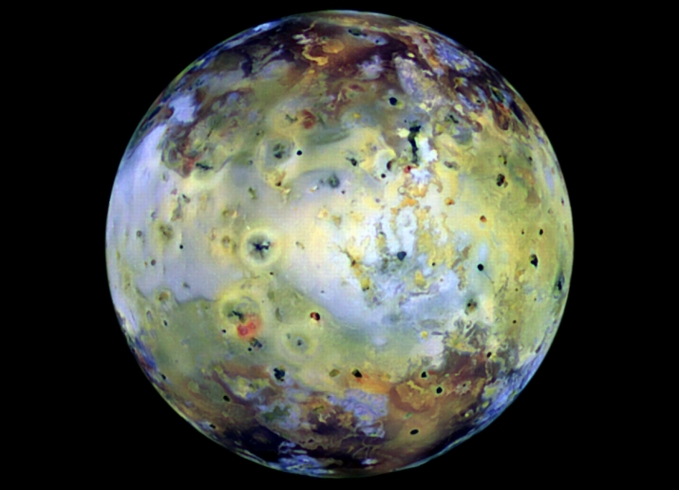
ASTRONOMY
The Universe and Life
[Cropped from a NASA Photo]
Chapter Outline
Links to external sites will appear in pop-up windows.
Links:
- Science@NASA - The launching point for most of their major sites
- Cosmology - NASA
- Astrobiology - NASA
- Exobiology - NASA
- Cosmology 101 - NASA
- Ned Wright's Cosmology Tutorial - Edward L. Wright, UCLA. Includes information on the age of the universe.
- Exobiology - The Astrobiology Web
- From Primordial Soup to the Prebiotic Beach
- Activity: Determining Red-Shift in a Receding Star - PBS. Good background information too.
- Introduction to Exobiology - Duke U.
- NASA Specialized Center of Research and Training (NSCORT) in Exobiology
- Exobiology Links
- "Chandra will target the age of the Universe" - NASA article
| [ Previous Page ] | [ Next Page ] |